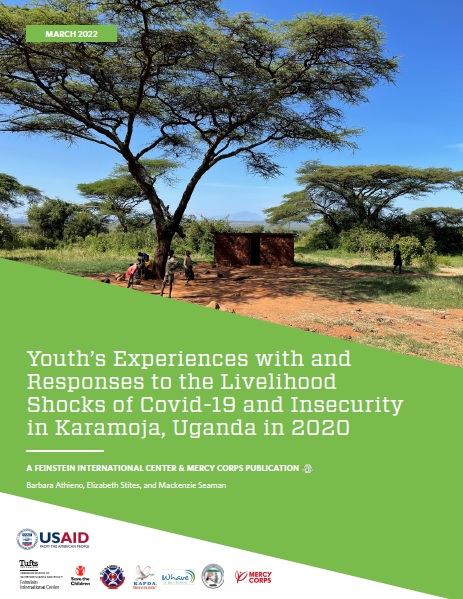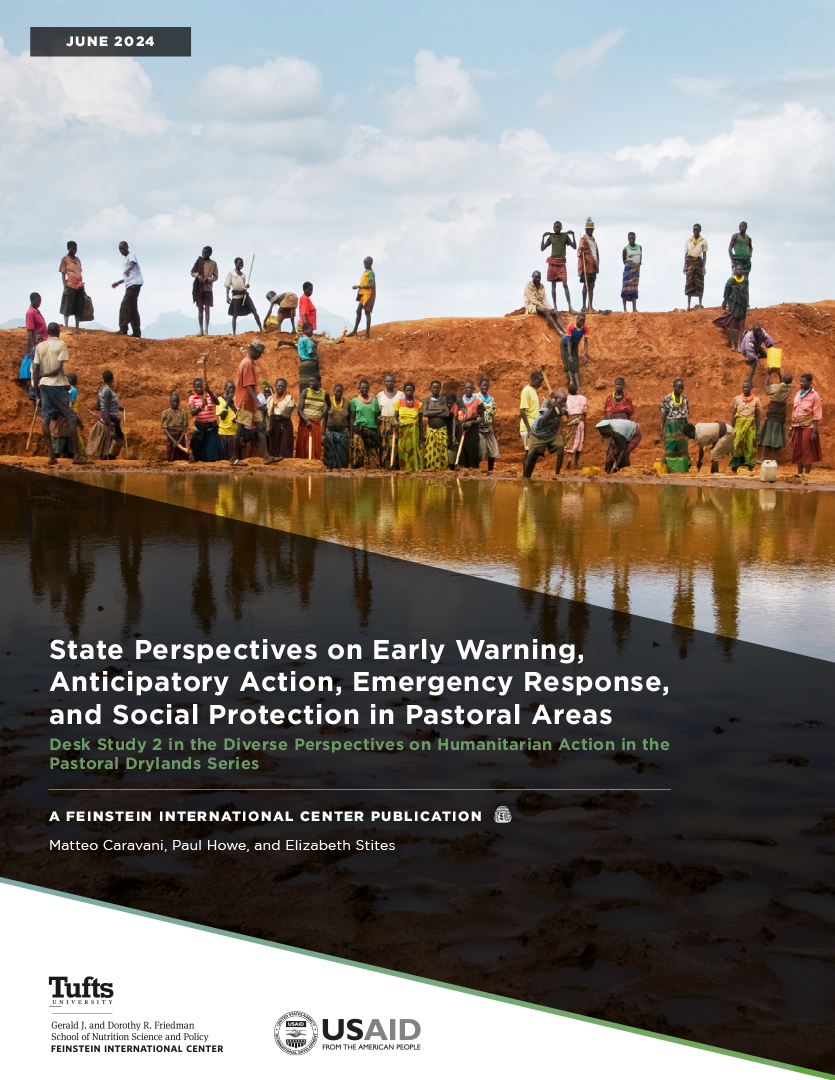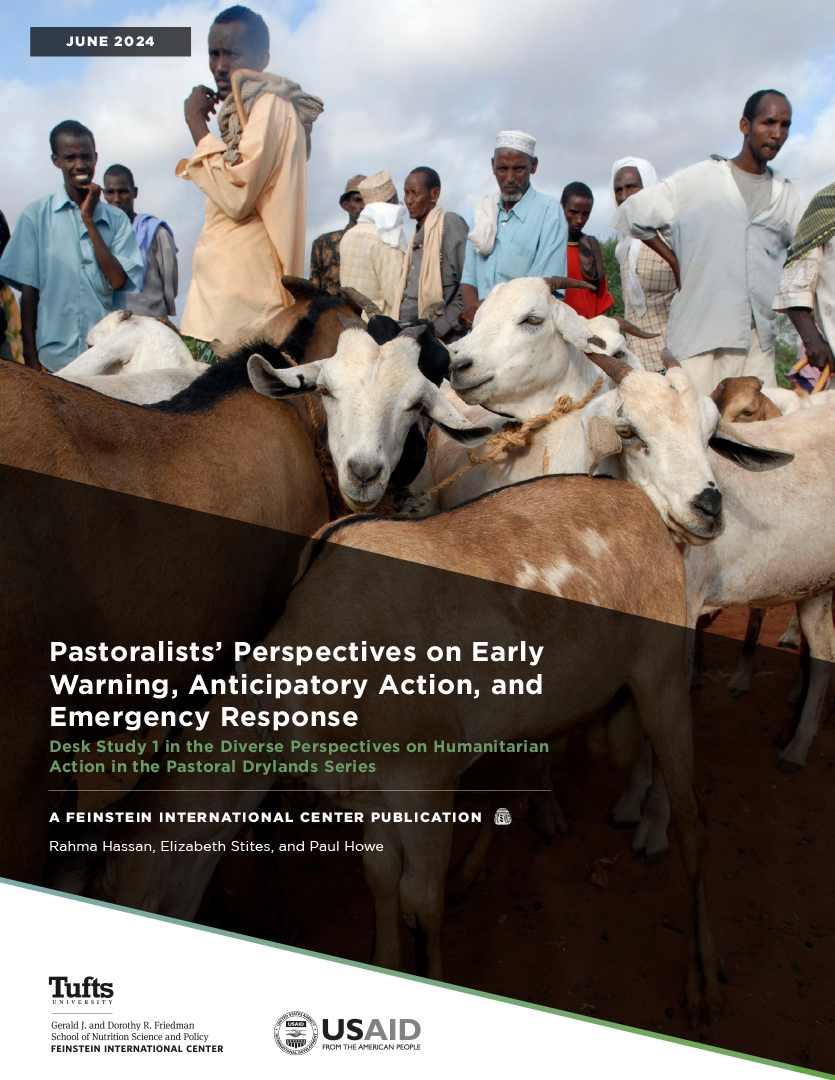This briefing paper focuses on how various shocks—including Covid-19, poor harvests, food shortages, and insecurity—affected youth in the Karamoja sub-region of Uganda in 2020 and early 2021. It examines how these shocks exacerbated each other, and how youth experienced, managed, and mitigated their impacts.
These shocks were idiosyncratic and unexpected and therefore highly destabilizing for young people. The nature of these shocks limited young people’s abilities to cope and the shocks themselves have the potential to reverse substantial livelihood and development gains. Despite these challenges, young people in the sub-region have continued to express agency and resilience in their responses to such shocks. For example, some youth responded by relocating their businesses, getting jobs in the formal sector, diversifying their sources of income, and turned to savings and credit to meet their families’ needs.
The study found that while some of these adaptations reflect short-term coping mechanisms, the compounding nature of rising insecurity, Covid-19, and inadequate harvest and food shortages may be producing longer-term changes in youth livelihoods to which livelihood and development programmers should be attuned. This report offers a series of recommendations and implications based on the findings.
This analysis is part of the United States Agency for International Development/Bureau for Humanitarian Assistance (USAID/BHA)-funded Apolou Activity, a consortium led by Mercy Corps. It was designed to help Mercy Corps and other national and international actors to address youth’s vulnerability and opportunities in the Karamoja sub-region.
The findings build on three years of qualitative, longitudinal research carried out in four districts of the Karamoja sub-region. While the findings and analysis in this report focus primarily on the third round of qualitative data from late 2020, we also drew on previous years’ data, analysis, and findings to understand the trajectory of youth lives in a period of rapid change. Of the original 96 youth participants interviewed in 2018, we located and interviewed 83 youth—43 female and 40 male—between November 2020 and January 2021.







